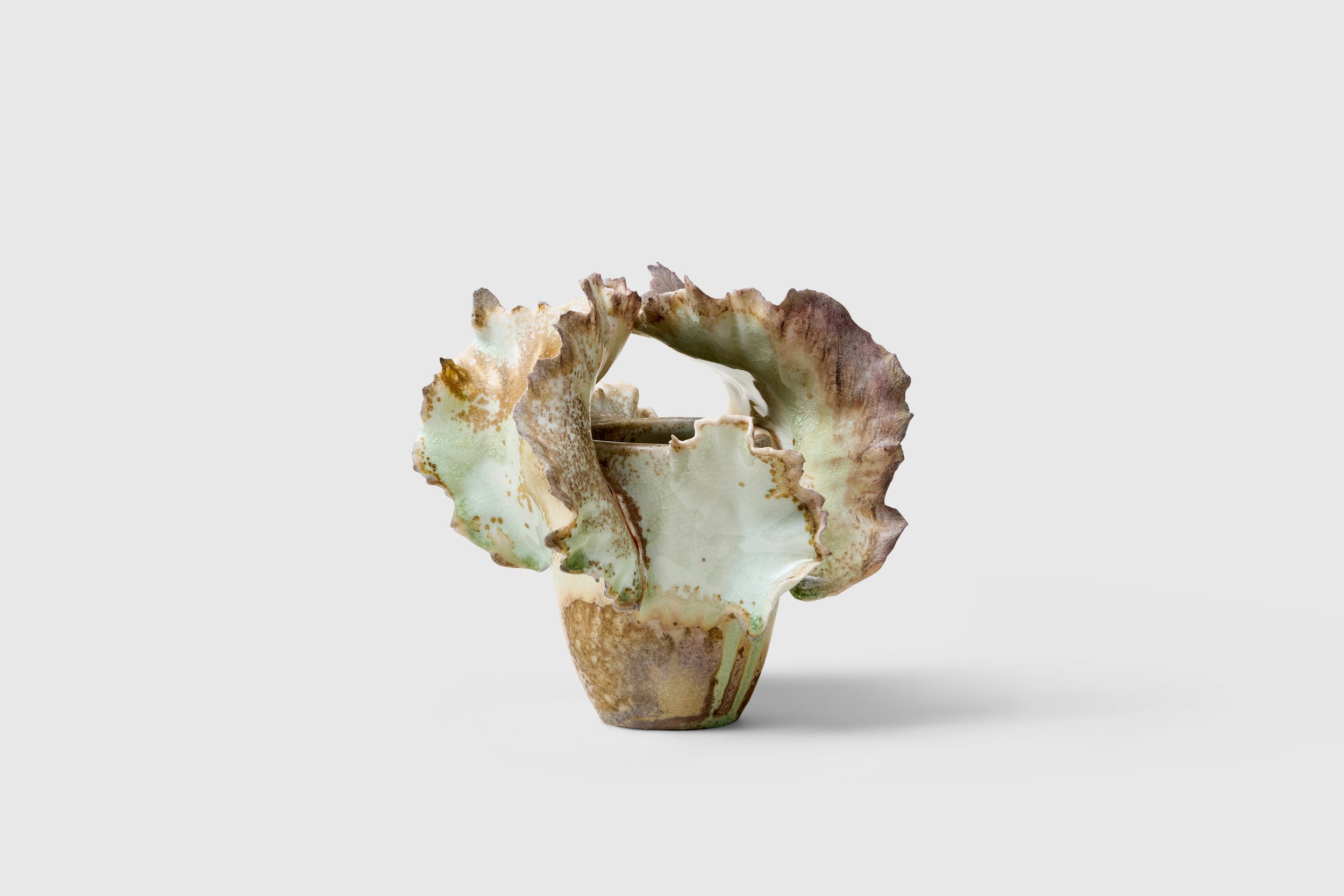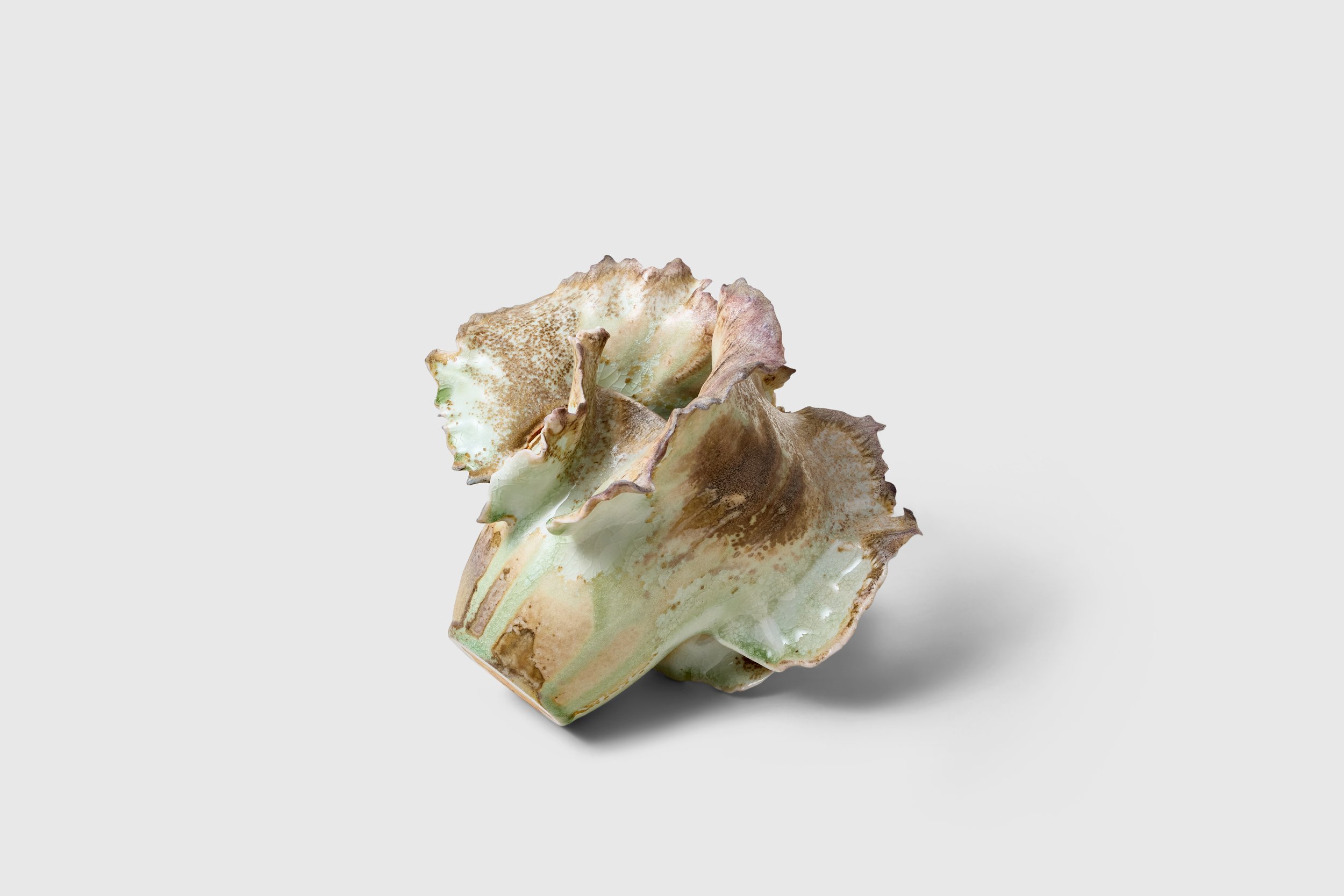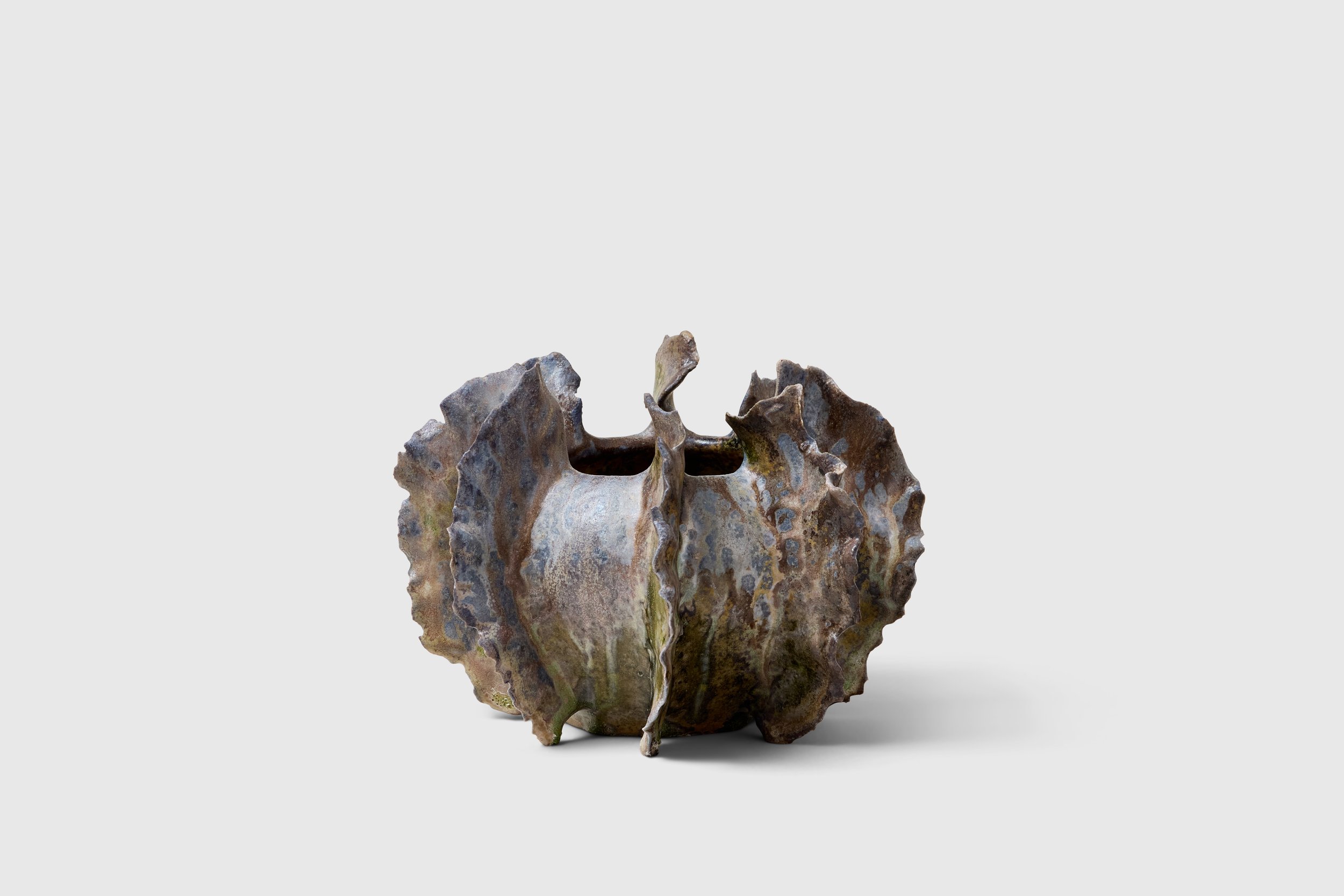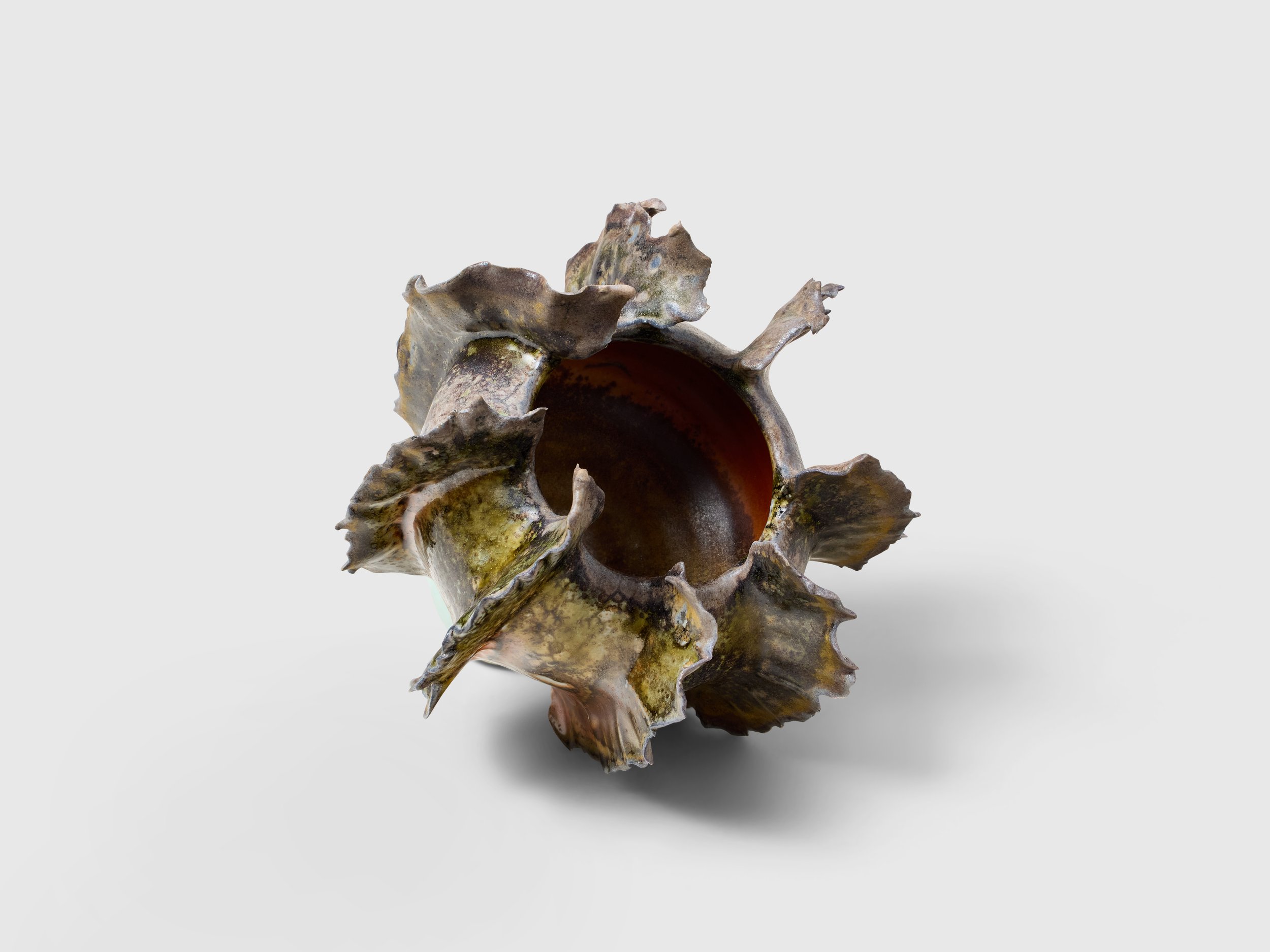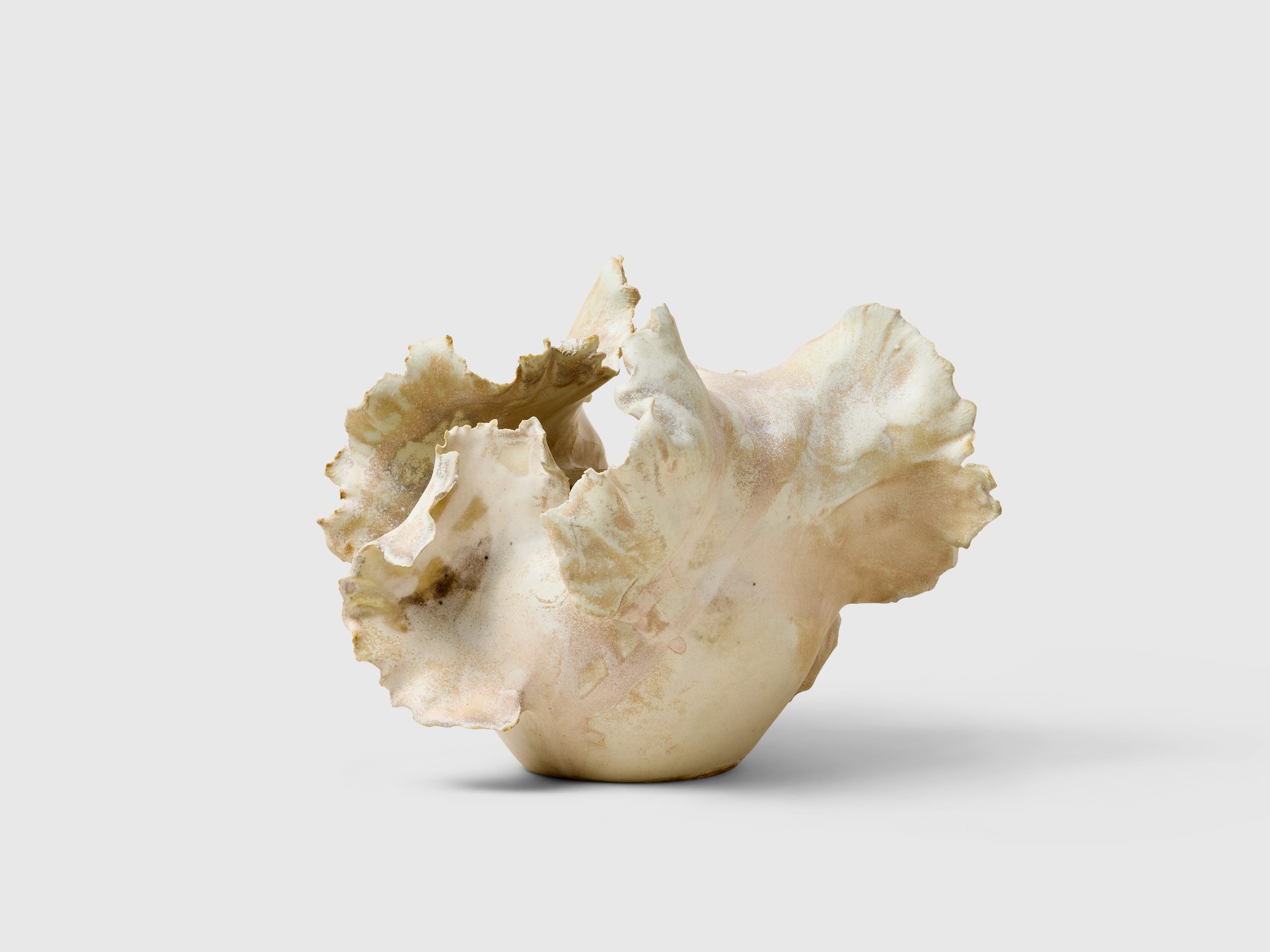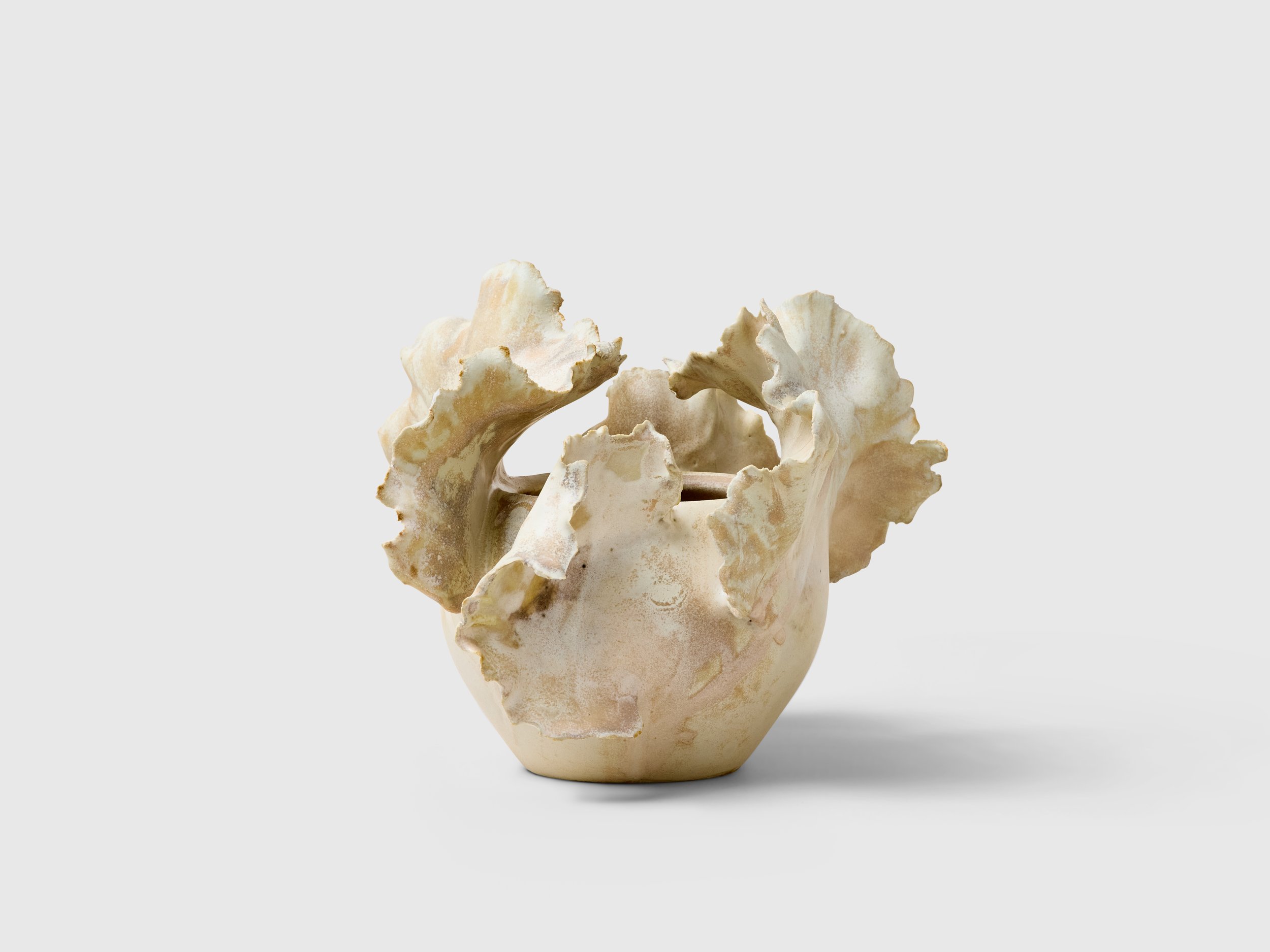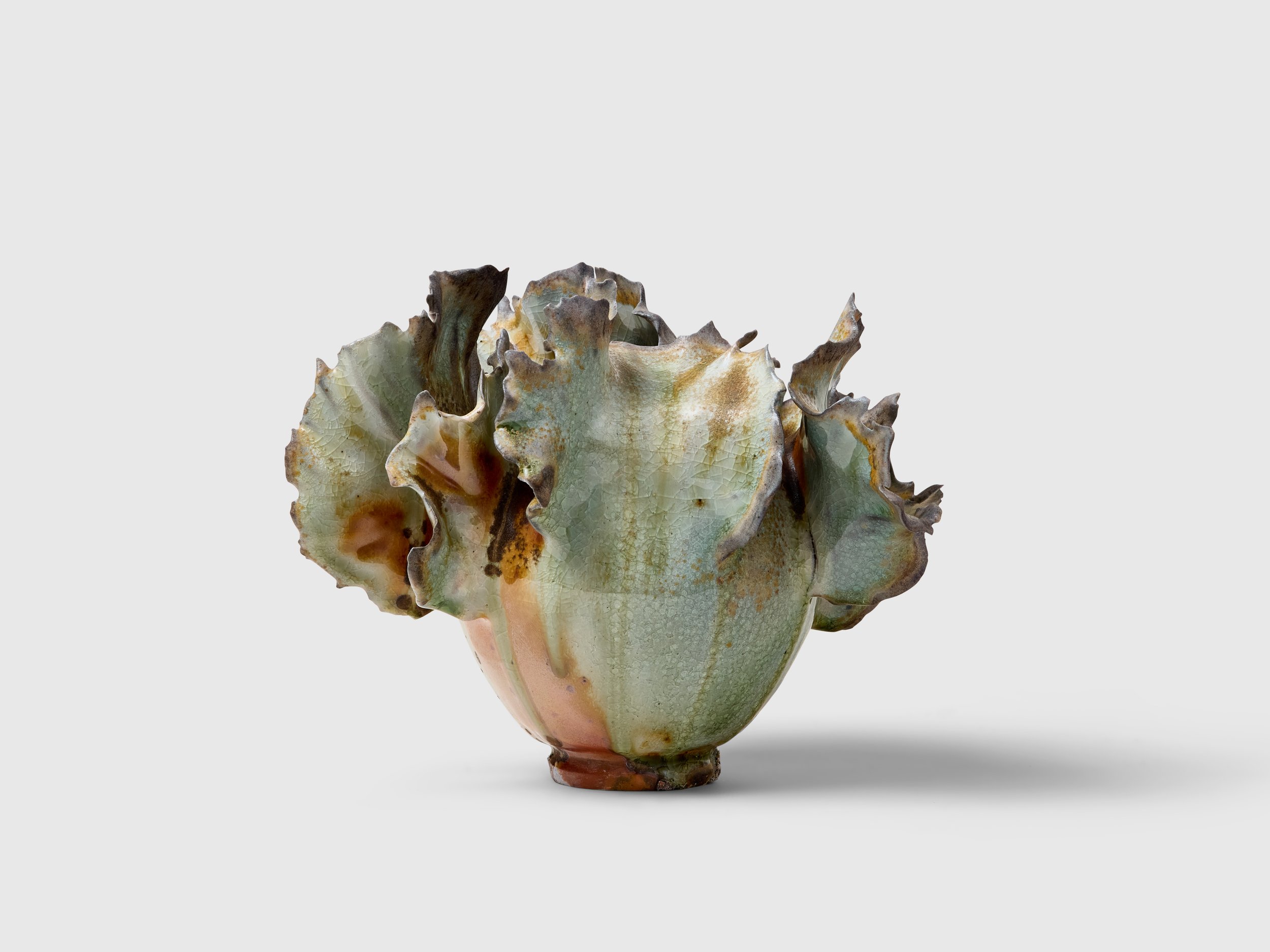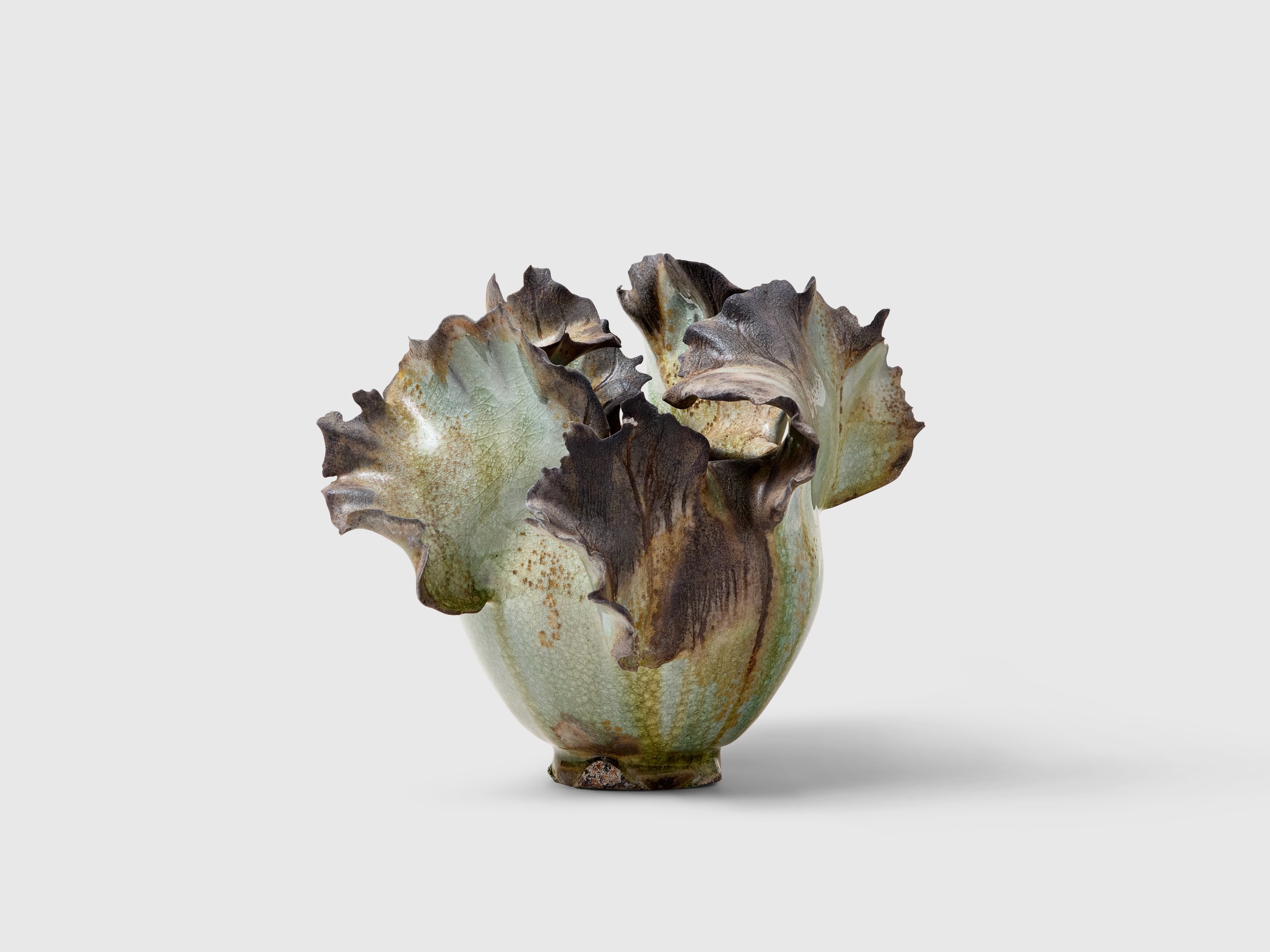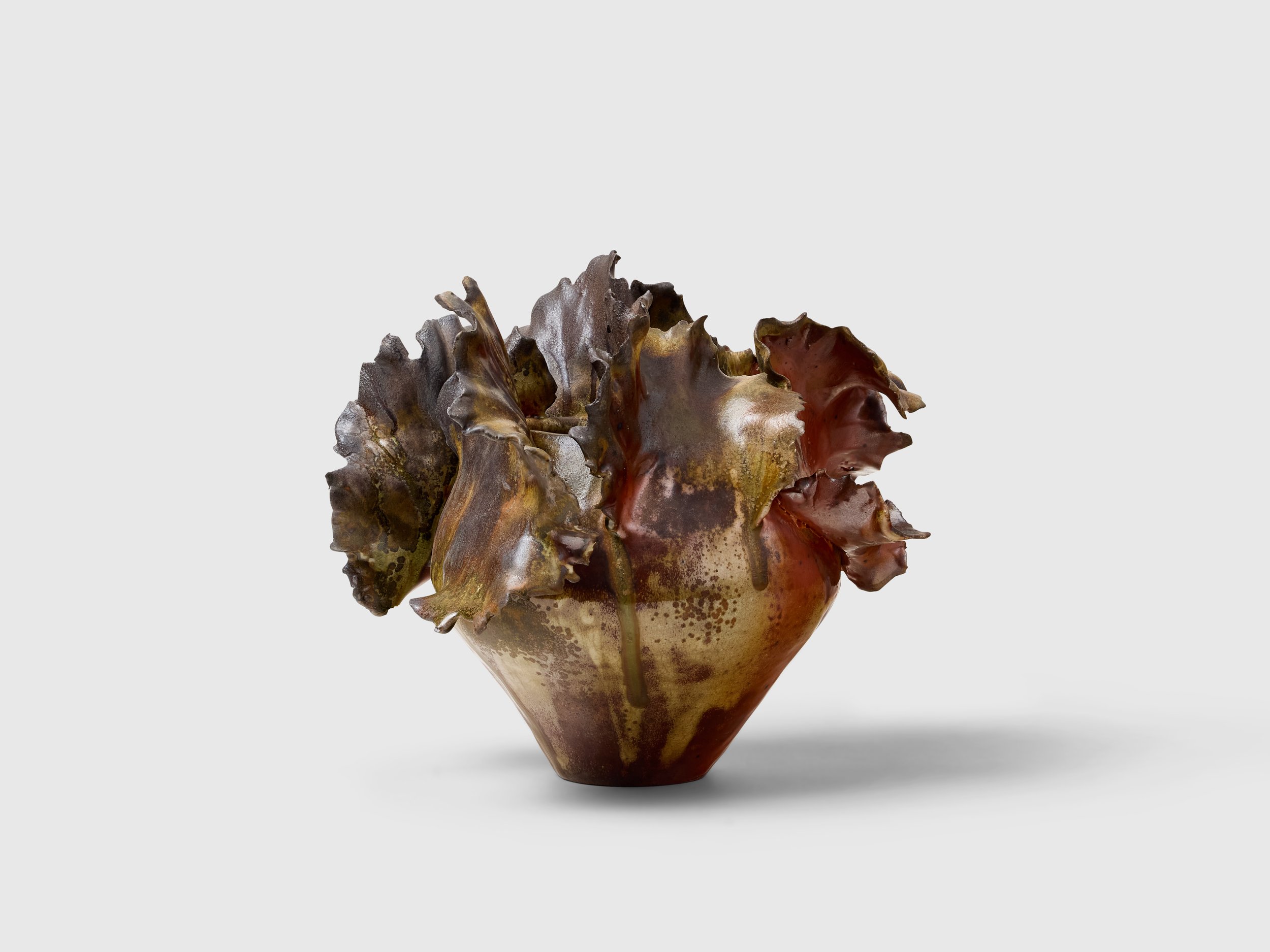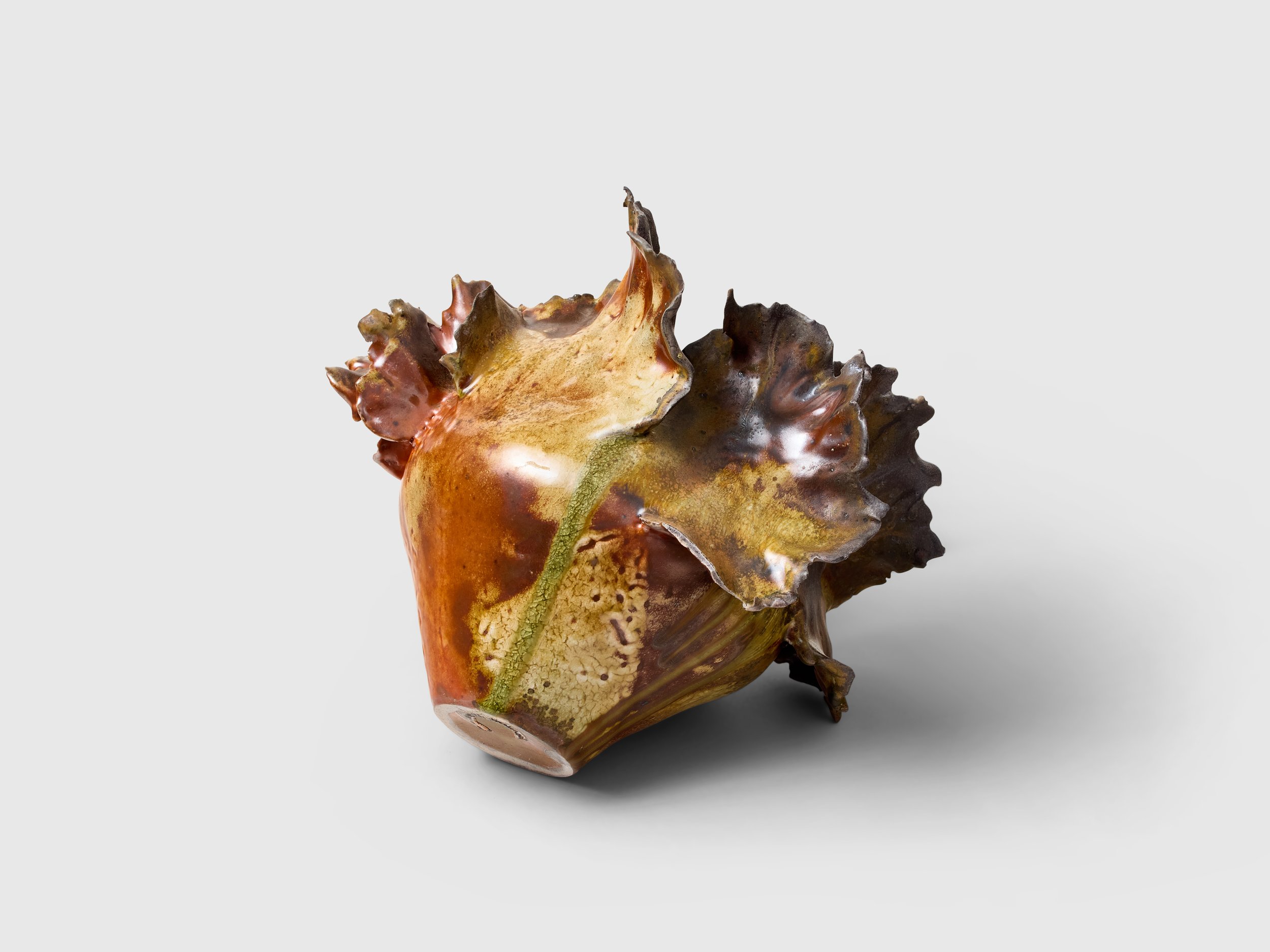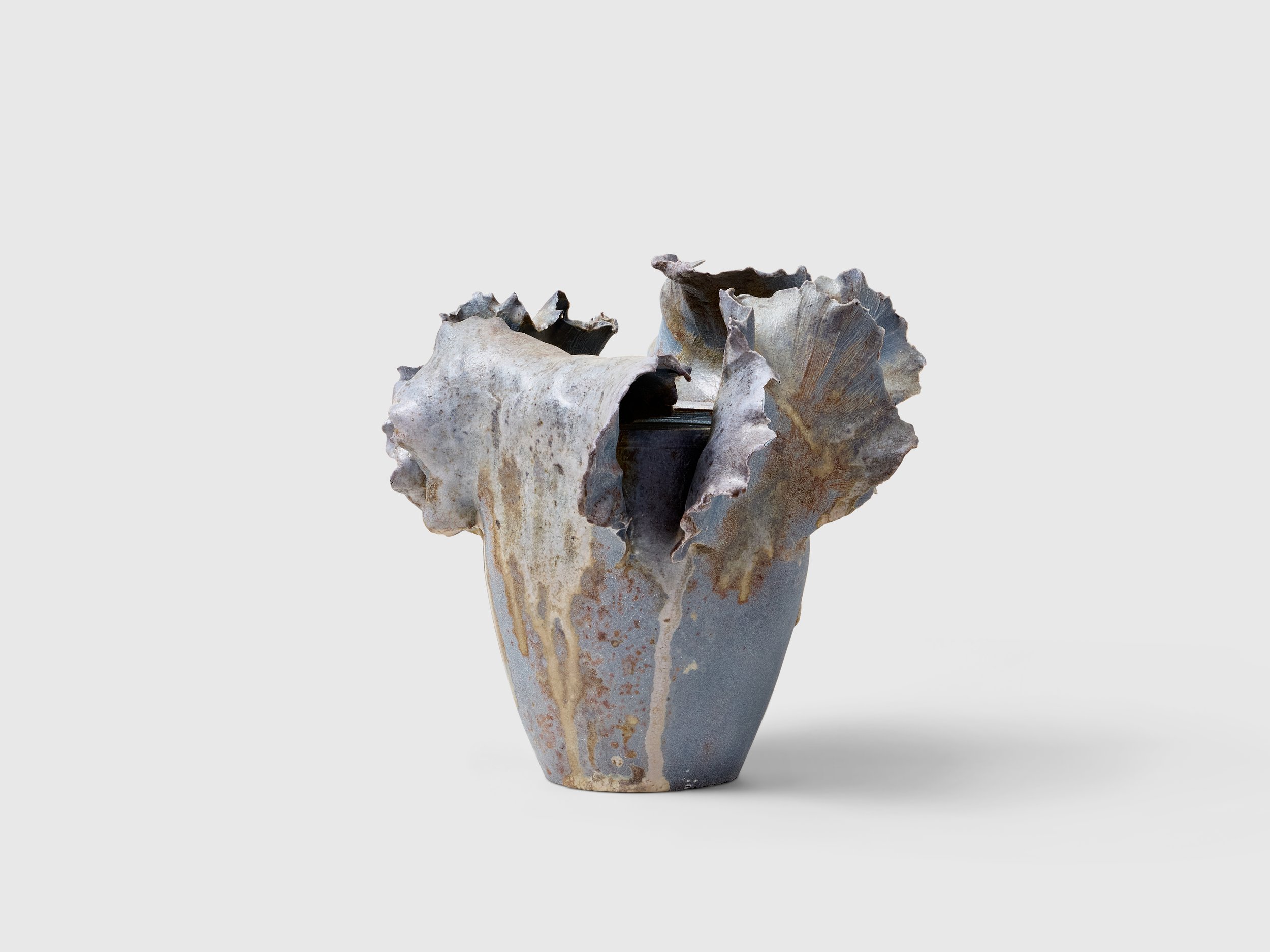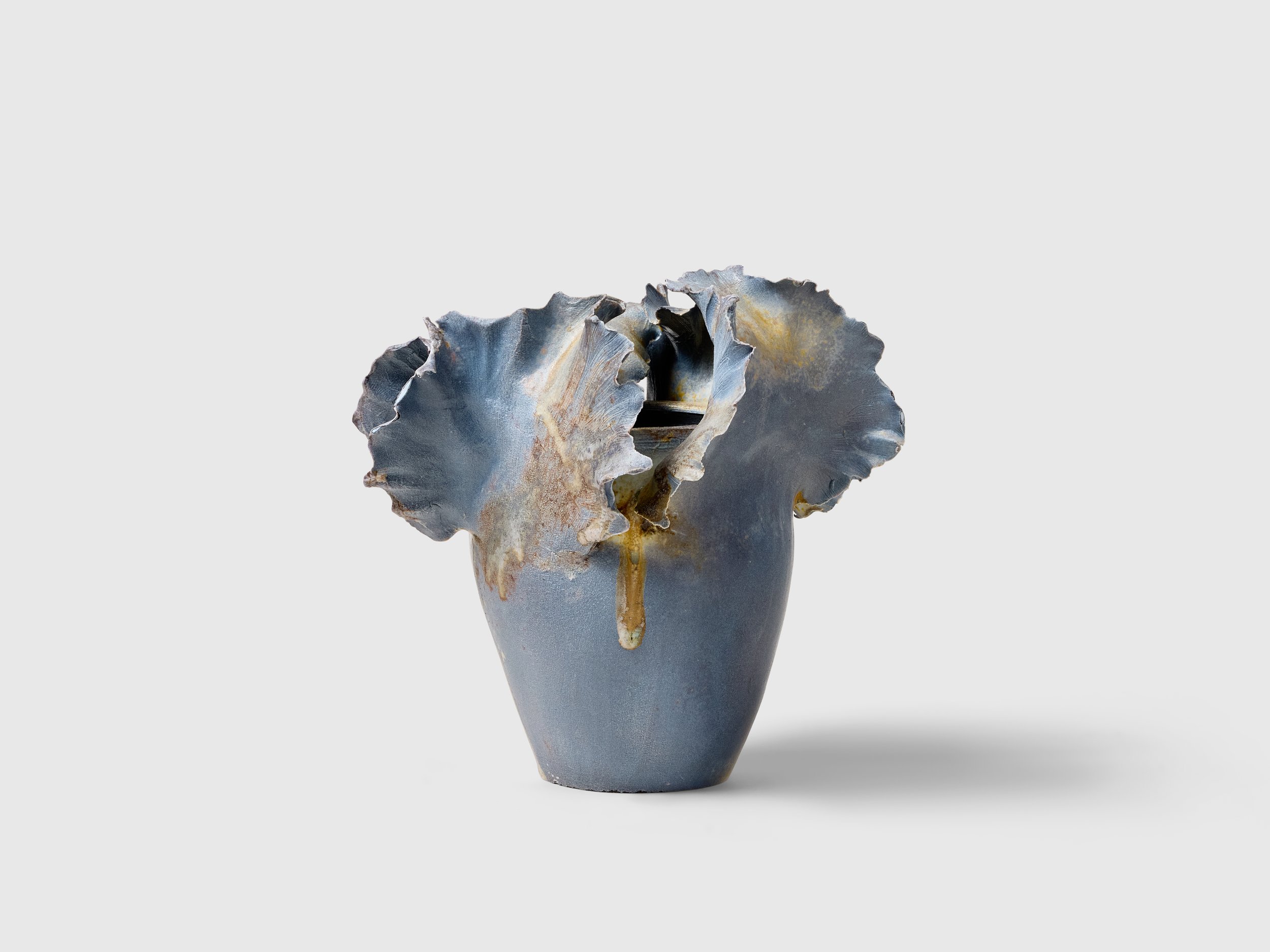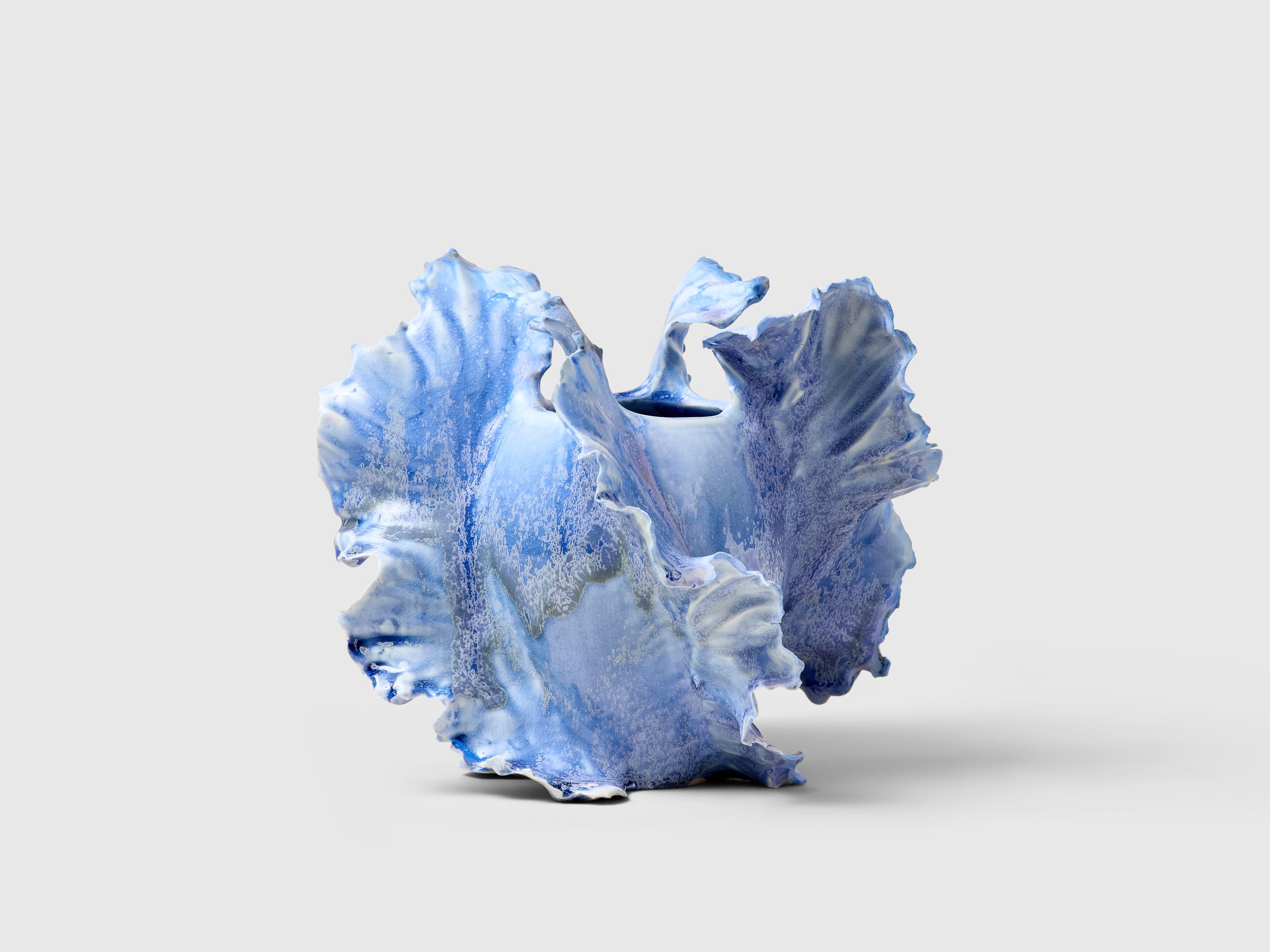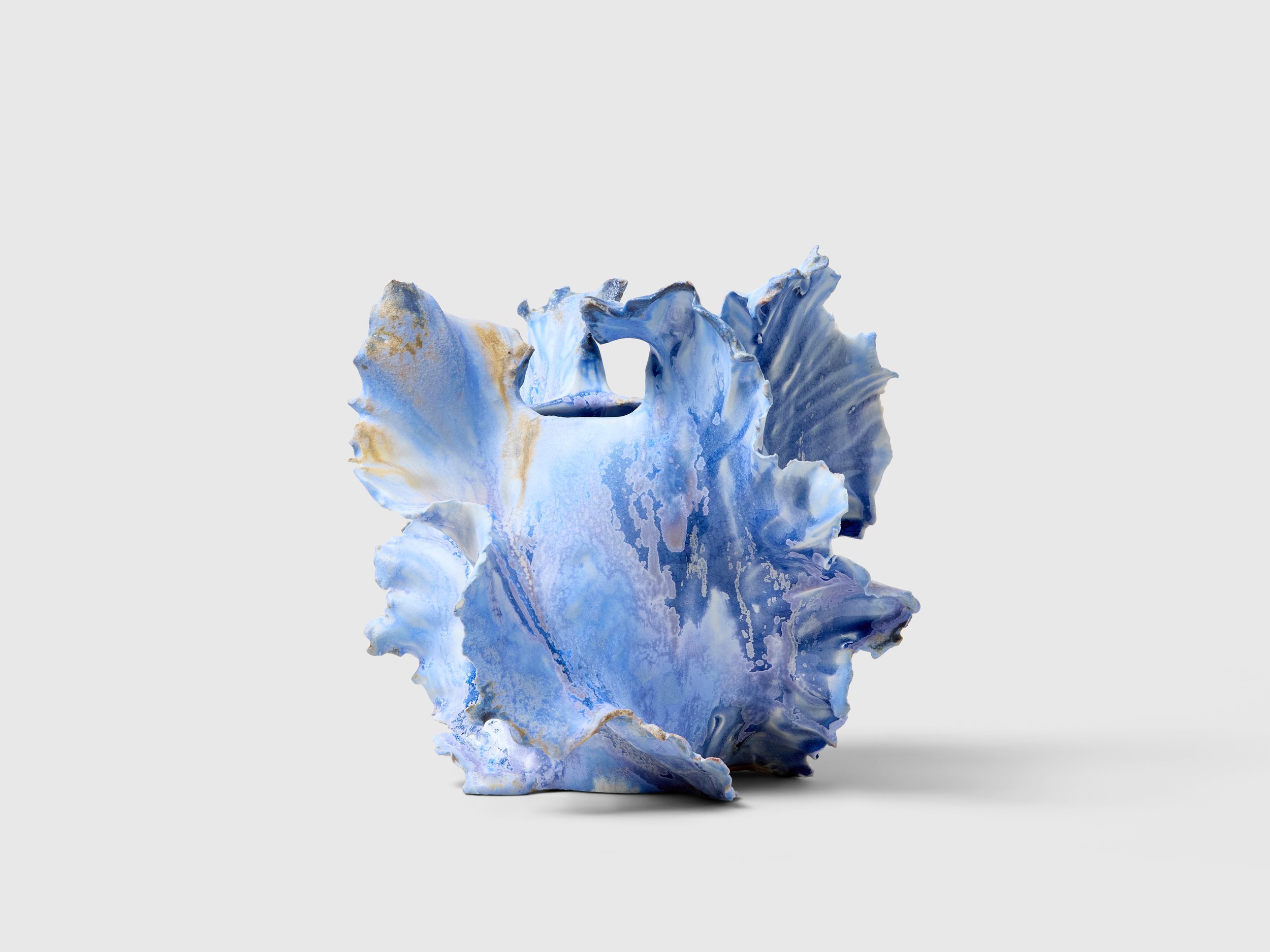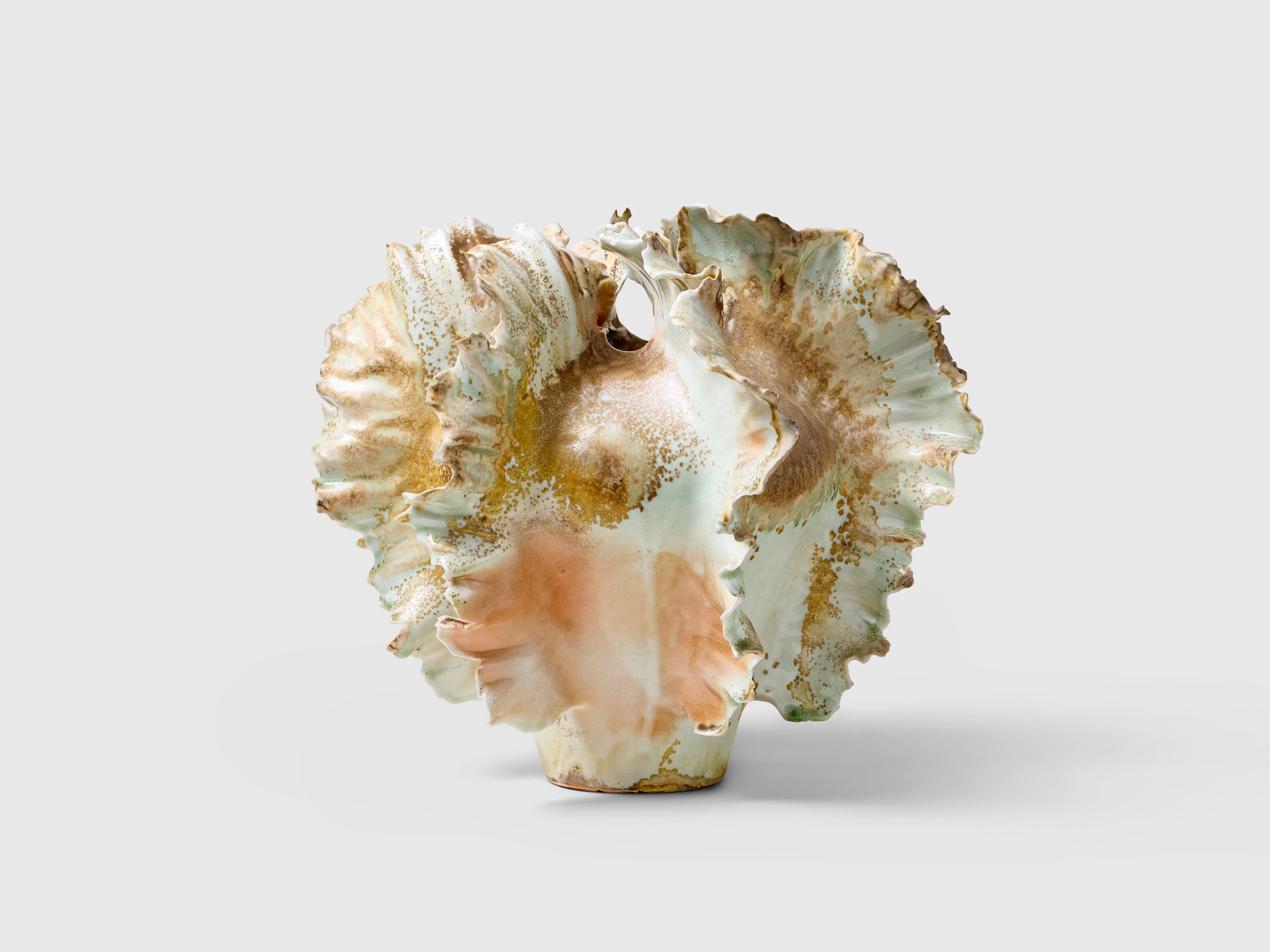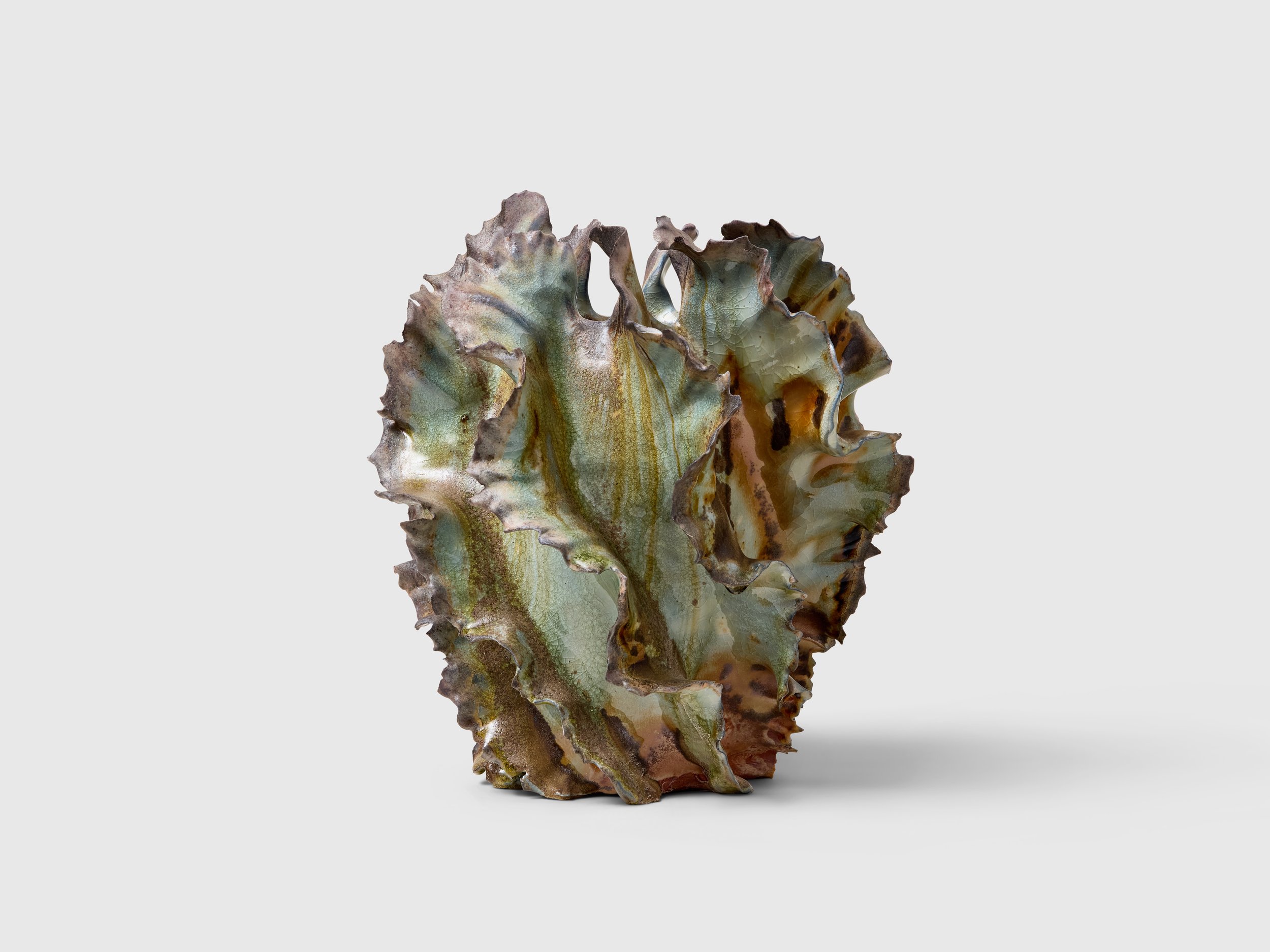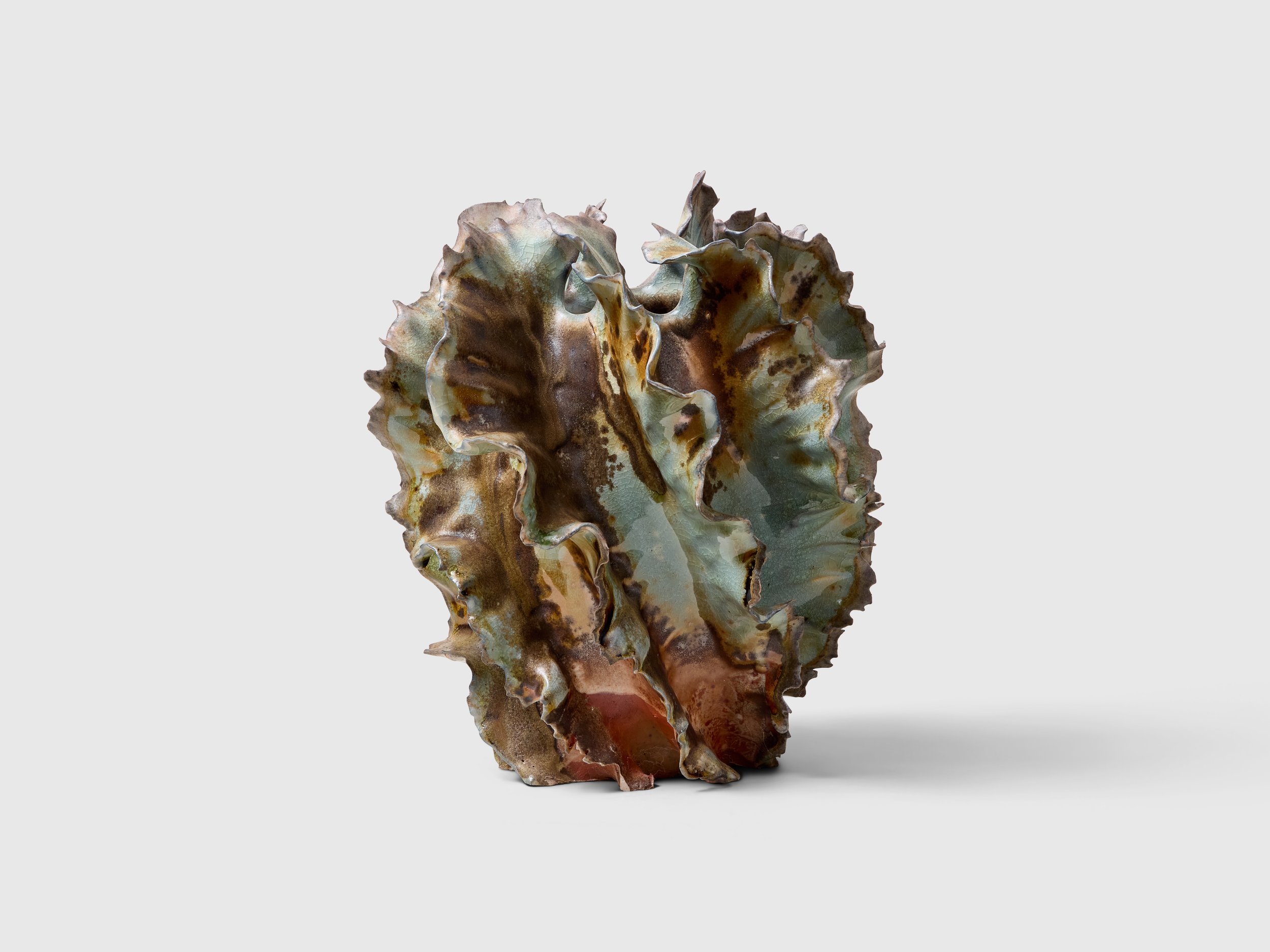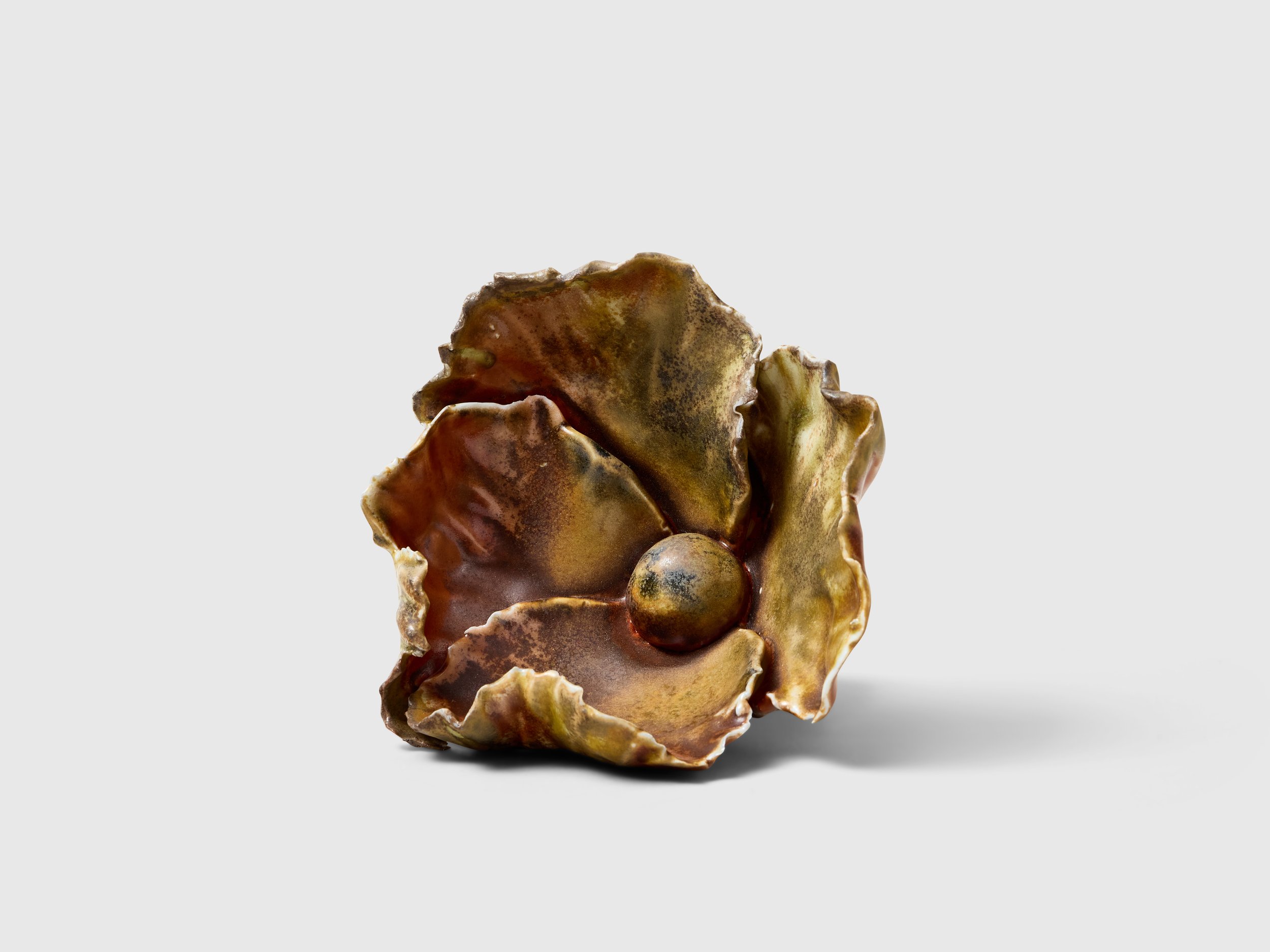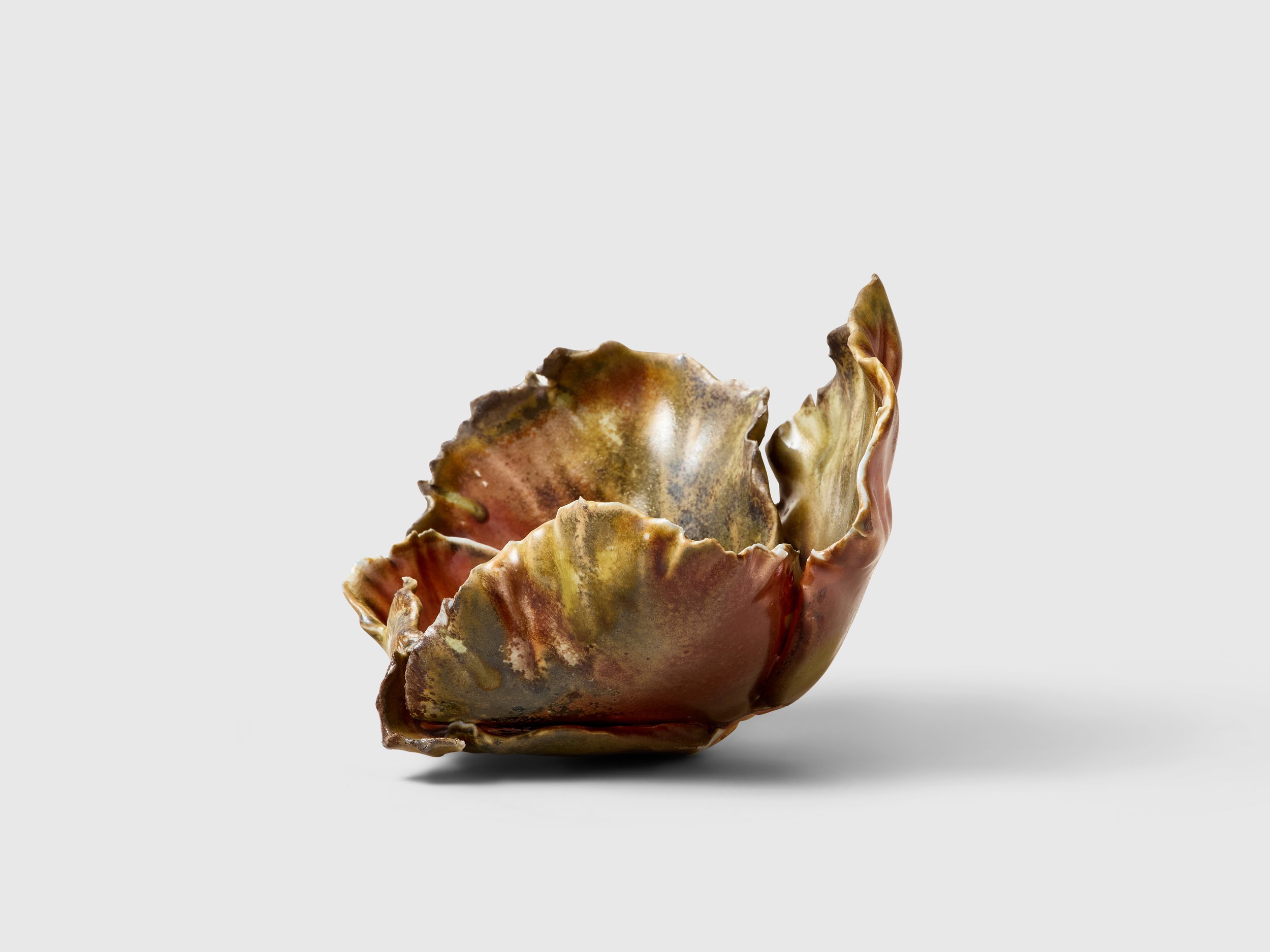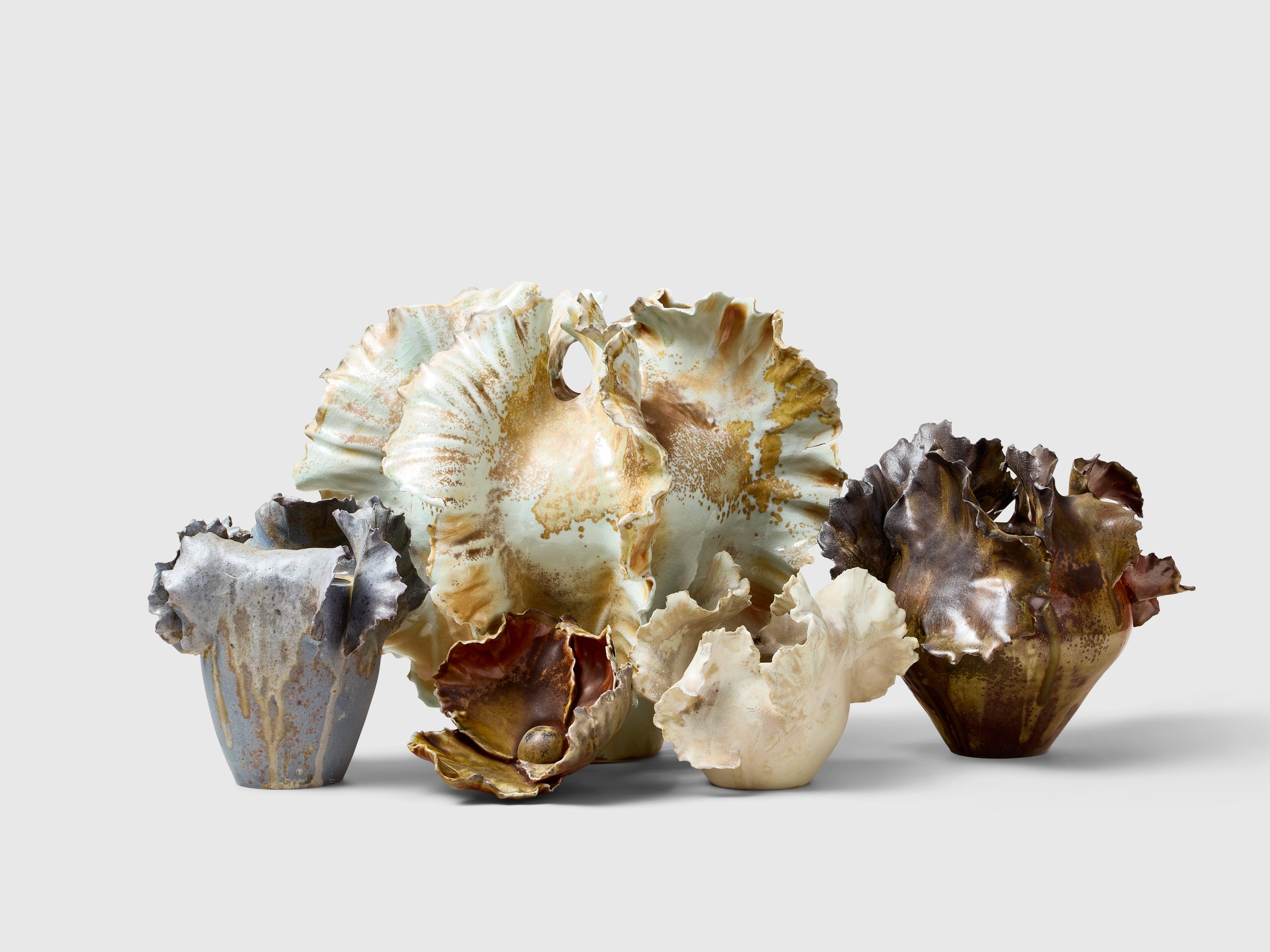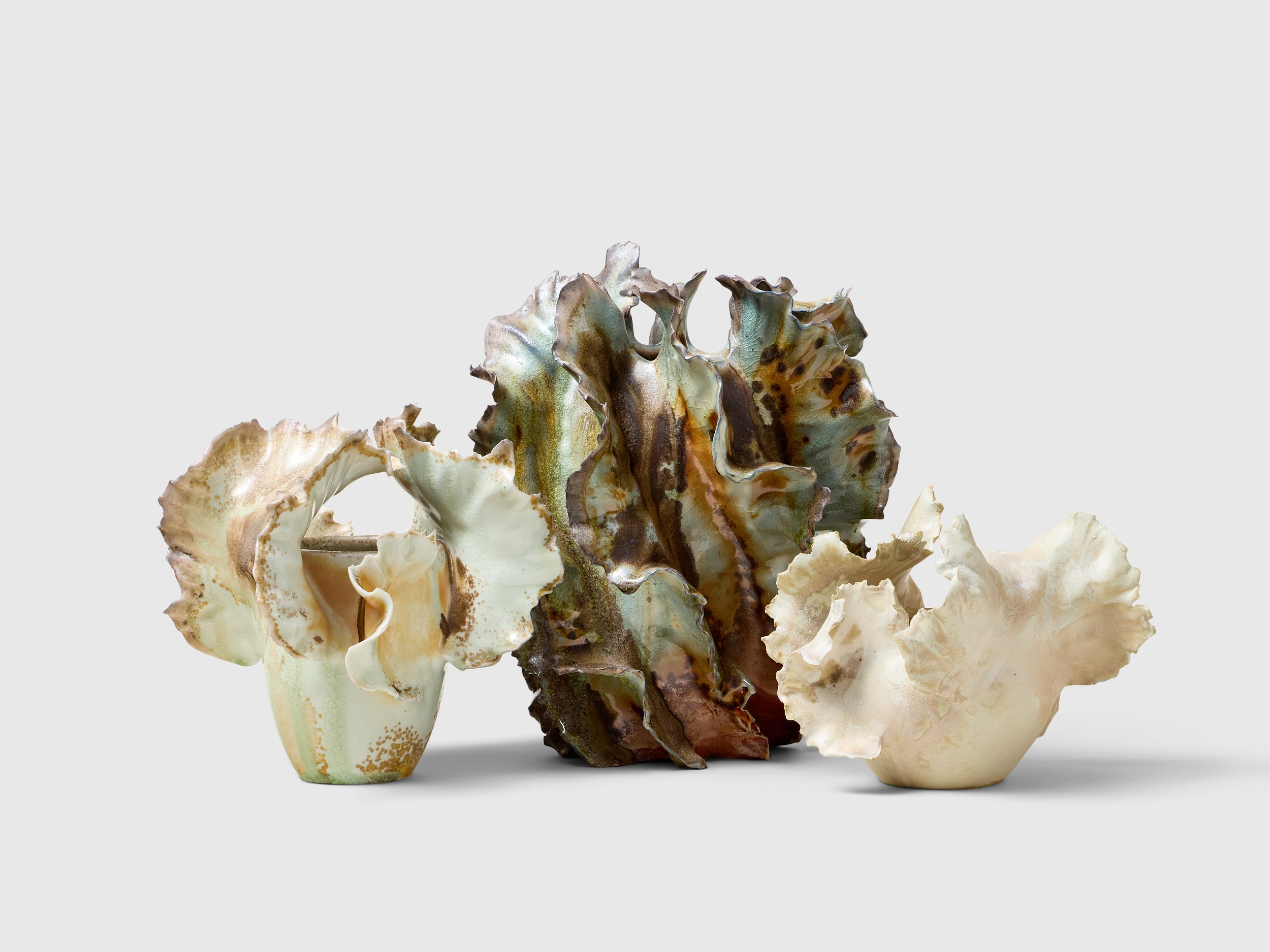
Hour by hour
the wood burns—each stack reduced to ash in the belly of the fire. But ash is not merely an end; it is transformation. It carries its own quiet magic.
Each particle drifts and settles in unexpected places, marking the beginning of a new life. In this rebirth, the ash chooses to bloom—to become something rare,
radiant, and alive once more.
This is the spirit of Anagama firing, a traditional Japanese technique for firing ceramics. It is an intense and meditative process—stoking flames continuously for over a hundred hours, then allowing the kiln to cool slowly over several more days. It demands patience, presence, and a deep trust in forces beyond our control—what we often call the kiln gods.
When the kiln is finally opened, it is not just a technical result—it is a moment of celebration. The ash returns not as residue, but as beauty—glazing, transforming, and honoring the surface of each piece. It is the fire’s signature, and the vessel’s second life, revealed in full glory.
Photo Credit: Robert Bredvad
